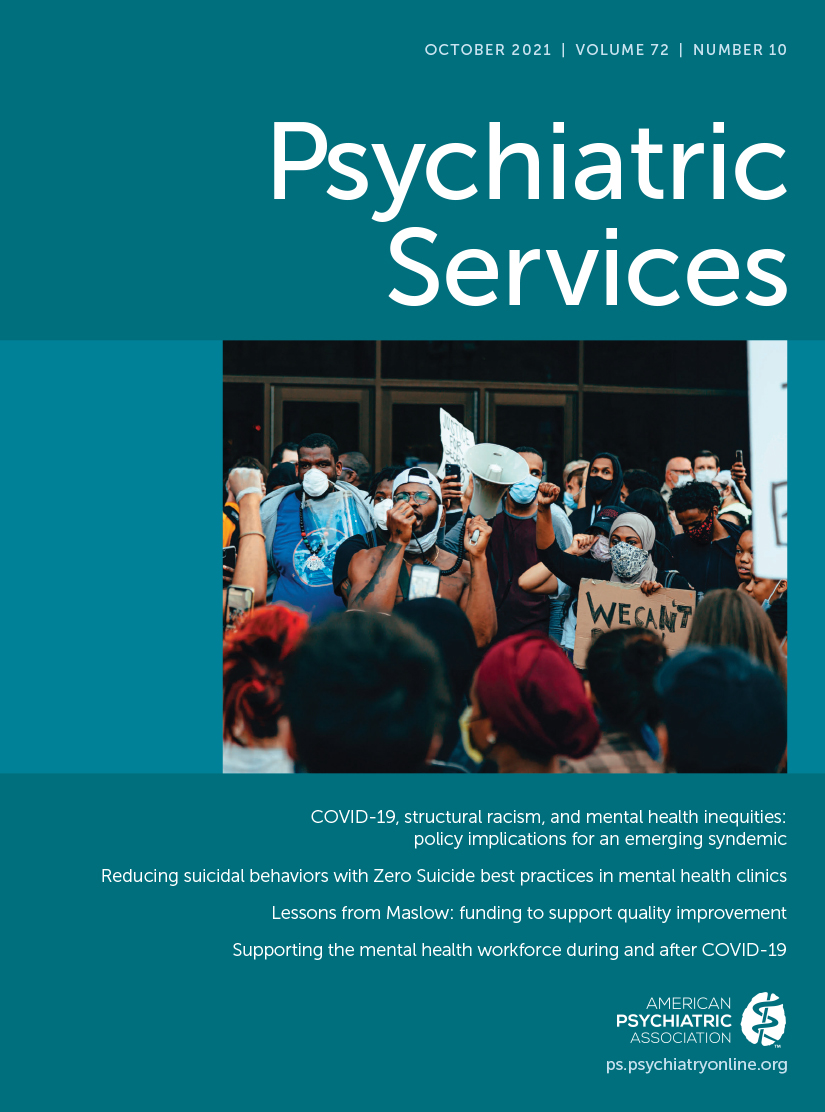Financing Early Psychosis Intervention Programs: Provider Organization Perspectives
Abstract
Objective:
The authors aimed to identify prominent financing approaches for coordinated specialty care (CSC) of patients with first-episode psychosis, alignment or misalignment of such approaches with sustained CSC implementation, and CSC provider perspectives on ideal payment models.
Methods:
Semistructured interviews were conducted with informants from CSC provider organizations. Purposeful sampling of CSC program directors, team leaders, and other administrators from a national e-mail Listserv was supplemented by snowball sampling via participant recommendations. Interview data from 19 CSC programs in 14 states were analyzed by using an integrated (inductive and deductive) approach to derive themes.
Results:
The results indicated that financing approaches to CSC were patchwork and highly varied. Three major sources of funding were cited: insurance billing (largely fee for service [FFS] to Medicaid and private insurance), set-aside funding from the federal Mental Health Block Grant (MHBG) program, and state funding. The findings revealed limited coverage and restrictive rules associated with FFS insurance billing that were misaligned with CSC implementation. The grant nature of MHBG and other public funding was seen as a threat to long-term CSC sustainability and deployment. CSC stakeholders endorsed a bundled-payment approach by public and private payers and supported tying payment to client outcomes to reflect CSC’s recovery orientation.
Conclusions:
Reliance on FFS insurance billing and public funding is likely to be unsustainable. Additionally, FFS billing is misaligned with CSC goals. Because of the diversity in CSC programs, populations, and existing funding mechanisms and rules, payer-provider collaboration will be essential in designing a bundled-payment model that meets local needs.



